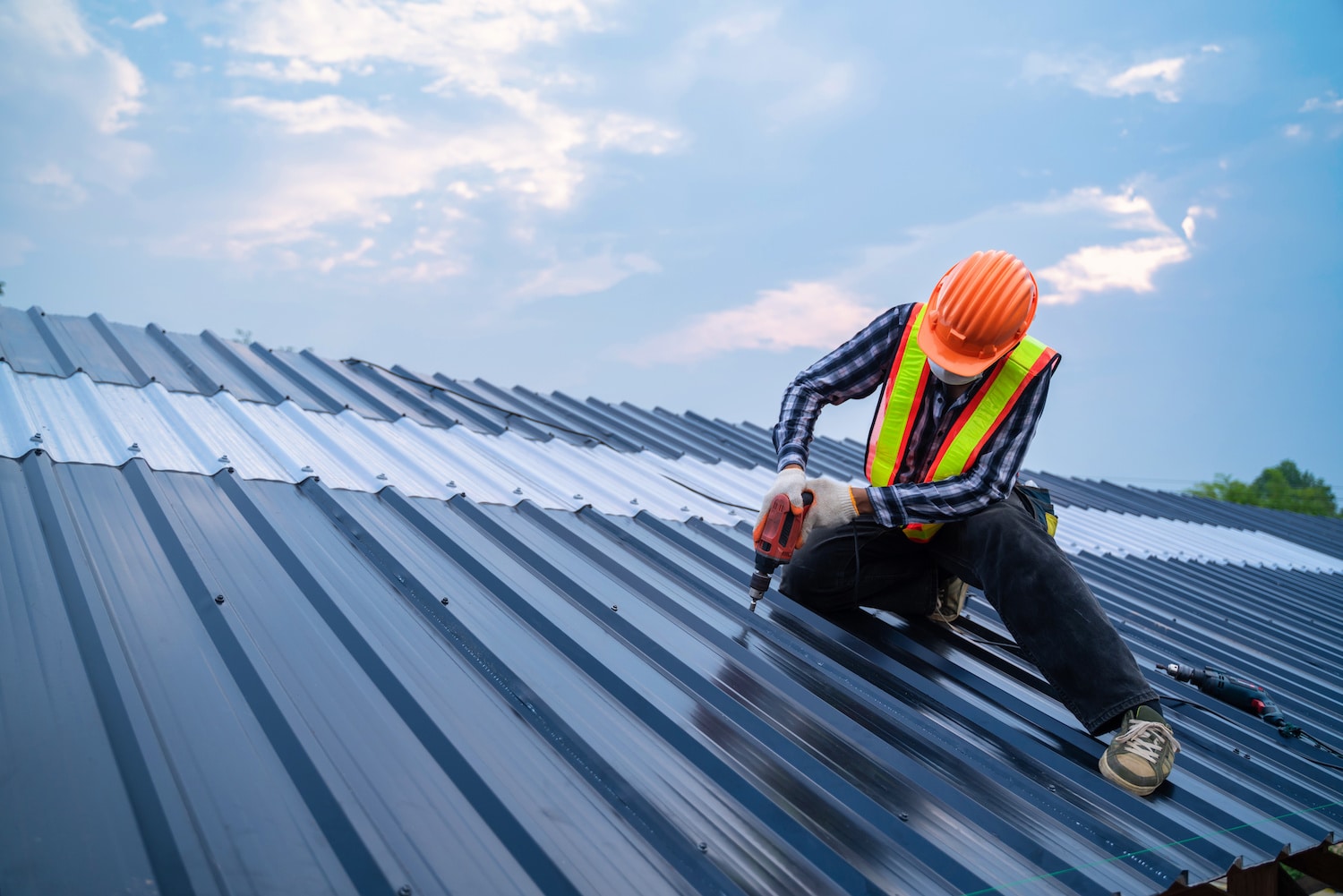A leaking roof isn’t just annoying; it can cause water damage in your home. There are a few methods that homeowners can use to patch a leak.
Begin by identifying the source of the leak. Go into your attic and look for water stains. Also, walk around the outside of your house and check for wood rot.
Plumbing Vent Boots
A plumbing vent pipe is one of the most common culprits for Roof Leak Repair. These white tubes seen protruding from the roof are actually vents that enable septic and sewer systems to properly expel gases into the attic and outdoors. Unfortunately, these pipes aren’t water barriers, meaning that they’re susceptible to damage from rain and other weather conditions.
In most homes, these pipes are secured by a pipe boot that creates a tight seal around the base of the pipe. However, long-term exposure to extreme heat and cold can cause these boots to deteriorate and develop cracks. When this happens, they allow rainwater to penetrate the attic and shingles, leading to expensive water damage throughout the home.
When a pipe boot becomes damaged, the best way to repair it is by using a roofing caulking product on the affected area. However, if the boot has significant cracks it’s a good idea to replace it instead of trying to re-seal it with a caulking product.
Sagging Bulges
When a joist in your roof begins to show signs of sagging, it is imperative to contact a professional as soon as possible. This can prevent the joist from collapsing, potentially causing further structural damage and water damage in your home.
While it is difficult to know the exact cause of sagging, it can be caused by several things such as severe water damage or even a broken rafter. It is important to get the problem fixed as soon as you notice sagging as it may lead to other issues such as mold growth, rotting of wooden components, and a collapsed ceiling.
Also be sure to check the gutters for clogs and loose fasteners. Cleaning the gutters can help keep them flowing properly and tightening loose fasteners will prevent them from sagging. You should also inspect the fascia board to ensure it is not past its prime. If the fascia board is rotten it will need to be replaced before you can fix any sagging on your roof.
Dark Spots on Your Exterior Walls
For homes without an attic, water leaks can sometimes cause dark spots on the exterior walls of the home. This is known as ghosting and it can be caused by a leaky roof, gaps in insulation, or the lack of a thermal break. The blemishes appear as dark spots on walls and ceilings and slowly grow darker over time.
It is important to treat any discoloration of your ceiling or wall immediately. The longer you wait the more damage it can cause. The best way to find the source of the water mark is by using a ladder to go into your attic and look for signs of moisture, such as dark marks or wet insulation.
It’s also important to check for any missing shingles or broken flashing. If the flashing has cracks or is broken, it needs to be replaced with a new piece of aluminum flashing. If you see a puddle of water or dark marks on your ceiling, call a roofing expert right away.
Flashing
Flashing is made up of thin metal pieces installed under your roof shingles to protect against water intrusion around roof penetrations and vents. It also covers areas where a roof meets a wall or another roof. If the flashing becomes damaged, a roof leak is likely to follow.
There are several things you should look for to determine if your flashing needs repair. For example, you should inspect it after heavy rains for holes. Small holes are common and allow water to seep past your shingles and into the home.
You should also check the flashing near chimneys, skylights, and vent pipes. These are the most common locations for a leak to develop. Look for a rubber seal around the pipe collar and for signs of dry rot. If the flashing is rusty or corroded, you’ll need to replace it. To do this, pry the shingle back and remove any nails covering the flange of the vent pipe. Position a new piece of flashing over the flange and then shingle over it.
